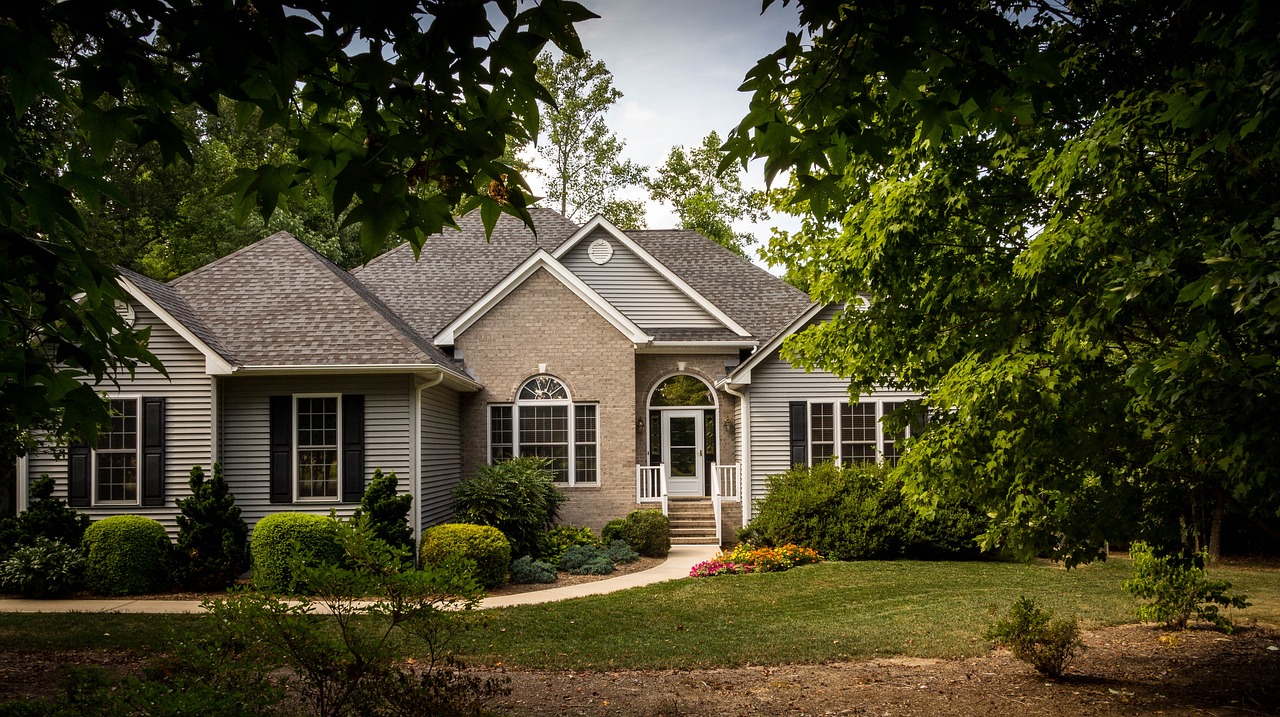Putting money into rental properties can be a good way to make money without doing anything. With the right strategy and careful planning, rental properties can offer consistent returns and the potential for long-term financial growth. However, like any investment, there are many factors to consider before diving in.
In this article, we’ll talk about the most important steps you need to take to make money with rental properties. We’ll start with the early research and planning stages and move on to the ongoing property management stages. This guide will offer you a full overview of the process, regardless of whether you are already an experienced real estate investor or are just getting started in the business.

Research and Planning
The first step in making money with rental properties is to conduct thorough research and planning. This will involve identifying a market to invest in, analyzing potential properties, and calculating expenses and potential profits.
A. Selecting a Market to Invest In
When you decide to invest in rental homes, one of the most crucial decisions you will have to make is in which market you will put your money into. When choosing a market, it is important to take into account a variety of aspects, including the local economy, the job market, population growth, and housing demand. In addition, you should conduct research on the local rental market, which should cover topics such as the average rental price, the vacancy rate, and the demand for rental homes.
B. Identifying and Analyzing Potential Properties
Once you have selected a market to invest in, the next step is to identify and analyze potential properties. Start by researching properties that meet your investment criteria, such as price, location, and rental potential. Consider factors such as the age and condition of the property, the surrounding neighbourhood, and any potential expenses associated with the property, such as repairs, maintenance, and property management.
C. Estimating Expenses and Calculating Potential Profits
Once you have identified potential properties, it is important to calculate your expenses and estimate potential profits. This will involve determining the cost of acquiring and maintaining the property, including the purchase price, closing costs, insurance, property taxes, and any necessary repairs or upgrades. Additionally, you will need to factor in the ongoing expenses associated with managing the property, including property management fees, utilities, and maintenance.
Financing
The next step in making money with rental properties is to consider your financing options. There are several options available to investors, including loans and mortgages, as well as various forms of investment financing.
A. Options for Funding the Investment
There are a few different approaches that can be taken when it comes to financing a rental property. These approaches include conventional mortgages, home equity loans, and investment financing. Before deciding on a method of financing, it is important to think carefully about the rates of interest, terms of repayment, and other factors related to each option.
B. Consideration of Loans and Mortgages
If you have solid credit and a consistent income, financing a rental property with a typical mortgage or a home equity loan can be an option worth considering for you. The interest rates on these loans are often lower than the interest rates offered by other types of investment finance; nevertheless, in order to qualify for one of these loans, a greater down payment and stricter conditions must be met.
C. Assessment of Potential Return on Investment
When considering financing options for a rental property, it is important to assess the potential return on investment. This will involve estimating the rental income you can expect from the property, taking into account the rental market in the area, and considering the expenses associated with owning and managing the property.
Video: Rental Property Investing 101
Property Management
Effective property management is essential for making money with rental properties. This will involve finding and screening tenants, maintaining the property, and handling any issues that arise.
A. Options for Managing the Property
There are two main options for managing a rental property: self-management or professional management. Self-management can be a good option if you have the time and expertise to handle the day-to-day responsibilities of managing a property, such as advertising for tenants, collecting rent, and handling maintenance issues. However, professional property management can be a more efficient and effective option, particularly if you own multiple properties or if you live far from the property you are renting out.
B. Strategies for Finding and Screening Tenants
Finding and screening tenants is a critical part of property management. You will want to advertise your rental property in a variety of ways, including online listings, local newspapers, and rental listing services. When screening tenants, it is important to verify their income, credit history, and employment status to ensure that they are capable of paying rent and taking care of the property.
C. Maintenance and Upkeep of the Property
Maintaining and upkeep of the property is an ongoing responsibility of property management. This will involve regular inspections to ensure that the property is in good condition, making necessary repairs and upgrades, and handling any maintenance issues that arise. Proper maintenance will help keep your tenants happy and ensure that the property remains in good condition, which can help increase its value over time.
Maximizing Profit
Making money with rental properties requires a focus on maximizing profits while minimizing expenses. There are some strategies you can use to achieve this, including setting the right rental price, reducing costs, and taking advantage of tax benefits.
A. Strategies for Setting Rental Prices
If you want to make money from renting out your home, setting the right rate is essential. When deciding how much to charge for monthly rent, it’s important to take into account the property’s current condition and its proximity to your intended tenants. If you want to make sure your rental rate is competitive in the region, checking out what other properties rent for could be a good idea.
B. Techniques for Reducing Costs
Reducing costs is another important strategy for maximizing profits with rental properties. This may involve shopping around for the best prices on supplies and services, negotiating with vendors, and finding ways to reduce energy and water usage on the property. Regular maintenance and upkeep can also help reduce costs by preventing costly repairs and extending the life of the property.
C. Consideration of Tax Benefits
As a landlord, you can deduct the mortgage interest, property taxes, and maintenance costs you pay from the income you have to pay taxes on. Consulting a tax professional is the best method to maximize the tax benefits associated with rental property.
Conclusion
To make money from rental properties, you have to conduct a lot of research and planning, have good property management, and focus on making as much money as possible while spending as little as possible. With the proper plan and a dedication to continuing management and repair, rental properties can provide a solid passive income stream and long-term financial gain.
Remember that investing in rental properties is not risk-free and that you must assess each potential investment carefully to see whether it fits your financial objectives and risk tolerance. Talk to a financial advisor or real estate expert to make sure you fully understand the process of investing in rental properties, as well as the possible benefits and risks.












